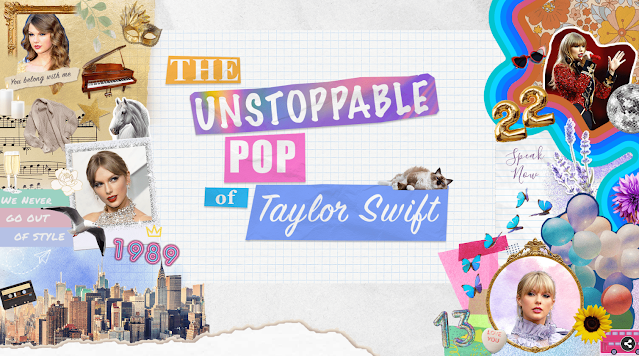The Unstoppable Pop of Taylor Swift: Data visualizations, variable operationalization, and DATA DATA DATA
The unstoppable pop of Taylor Swift (reuters.com)
Here are some ideas for using this to teach statistics:
Data visualizations and visualization guides:
With cats, y'all. And the Taylor Swift handwriting font. I love the whole vibe of this as well as how they explain their data visualizations.
Operationalizing things:
The page describes three Spotify metrics for music: Acousticness, danceability, and emotion. The data visualization contains a numeric value for each metric and a description of the metric's meaning.
DATA!:
Okay. This is an excellent example of things already. And it is delightful. Then I thought, "Oh, wouldn't it be fun if this was in spreadsheet form!" (I think that A LOT, friends).
But, as I write a book and my syllabi, I don't have time for that, BUT A REDDITOR DID HAVE TIME FOR THAT. Dr. Doon created a spreadsheet with 18 columns of Spotify data for each son. It doesn't include the Midnights data but is still a fantastic amount of data. Do what you want with this data. There is a weak, significant negative correlation between danceability and acousticness. There is a column for the album the song comes from, allowing you to create independent t-test and ANOVA examples.




Comments
Post a Comment